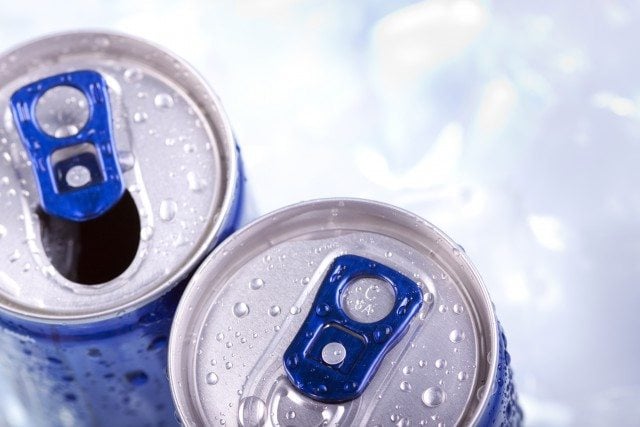Delivering beer and other beverages to bars in Boston and other cities with old infrastructure — where many storage cellars have no elevator access — can damage workers’ health and businesses’ bottom line.
Repeatedly bouncing 160-pound kegs down flights of stairs can cause chronic injury for delivery professionals, resulting in time off work, and the impacts can damage the stairs and break the hand truck.
In 2012, a team of students in MIT’s product-design class, Course 2.009, invented a hand truck with fold-out treads and a braking system that made hauling kegs downstairs safer and easier.
Now that hand truck, which launched commercially in April and is called the Glyde, is already being used by hundreds of people worldwide.
And the MIT spinout selling the product, ELL Operations (ELLO), has landed major partnerships with Anheuser Busch InBev and hand-truck manufacturer Magliner.
“With a few hundred Glydes already out in the market, we’re making tens of thousands of deliveries easier every day,” says ELLO CEO John Reynolds ’13, one of the 2.009 student inventors who co-founded ELLO with mechanical engineering classmates Nate Robert ’13, Tyler Wortman PhD ’16, and Chris Benson ’10, SM ’12, PhD ’14.
In Boston, United States, Anheuser Busch InBev has a fleet of about 50 delivery trucks. According to ELLO, each day one delivery crew will carry about 75 kegs and 1,000 cases of beer down roughly 180 flights to storage areas at the city’s restaurants and bars.
The numbers are similar in other major cities where distributors now use Glyde, including New York City, Philadelphia, Chicago, and several cities in Europe.
With Magliner as a manufacturing and distribution partner, ELLO can produce a few thousand Glyde hand trucks per year.
Other beverage clients, such as Pepsi Co., as well as grocery distributors have started using ELLO’s hand truck.
In the future, ELLO also plans to sell Glydes to consumers or companies for moving purposes, Reynolds says.
Smoother ride
ELLO’s aim, Reynolds says, “is improving the safety and efficiency of the last 100 meters of delivery” — meaning carting shipments from delivery trucks into businesses.
That is where workers can be injured and equipment can break, which can cost distributors millions of dollars every year in liability and workers compensation, according to Reynolds. “If the moving goods over the last 100 meters has any impacts or delays, it goes right against your bottom line,” he says.
The mechanism
At the core of the Glyde technology is a tensioned continuous tread — like a miniature version of the treads seen on a tank — that unfolds at an angle when needed.
When going downstairs, the hand truck rests on that track, which spans two stairs at a time, meaning the hand truck never drops down onto a stair.
“So they’re not bouncing over every single step,” Reynolds says.
“It’s that jolting down that breaks the body over time.”
The track also has a self-braking system.
When the hand truck starts moving too fast, it triggers braking shoes to compress the tread’s axles.
A longer handle was also designed to allow the delivery professional to position the load comfortably when going downstairs.
“This puts all the weight on the driver’s legs, which reduces back strain,” Reynolds says.
Smoother rides add to the longevity of the hand truck and cut down on wear and tear at the delivery site, Reynolds adds.
“Because they don’t have to drop the hand-truck down each stair, you don’t see as much axle bending or frame cracking or damage to the staircases.”
In addition to developing the Glyde, ELLO is looking to solve another industry issue, where some drivers consistently take easier routes with lighter roads, while others take harder routes with heavier loads.
“It isn’t balanced, and because of that, you have a lot of injuries with people who are on the hardest routes all the time,” Reynolds says.
To combat that, ELLO is collecting and analyzing data on deliveries, including acceleration, frequency of delivery, location, and weights of loads for each route, with the aim of quantifying routes that pose the greatest injury risks.
Distributers can then better vary those routes.
Story by Rob Matheson from MIT










